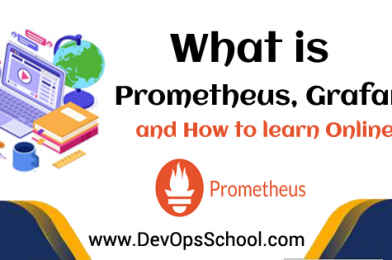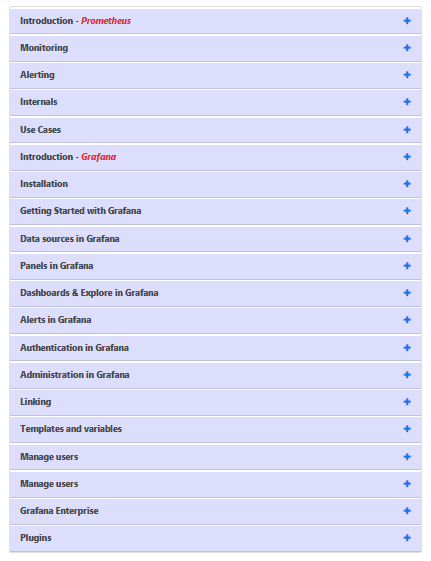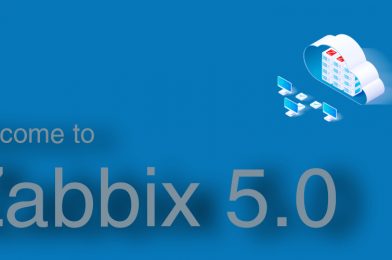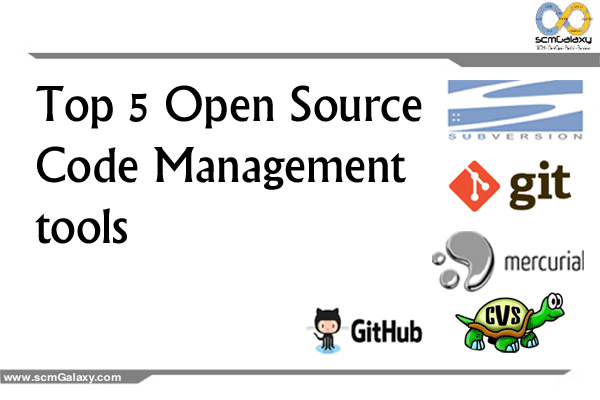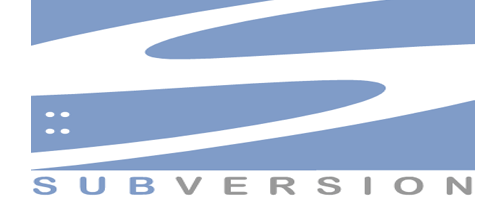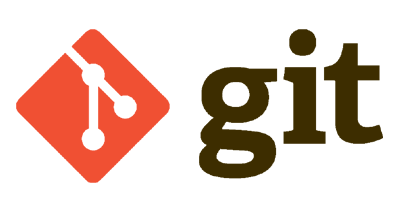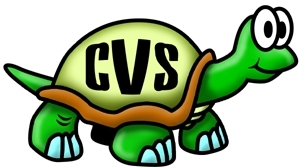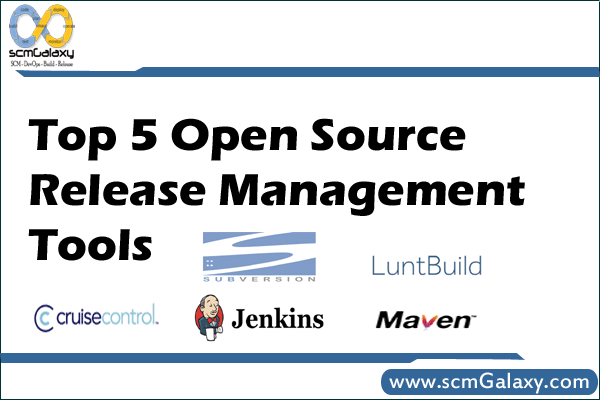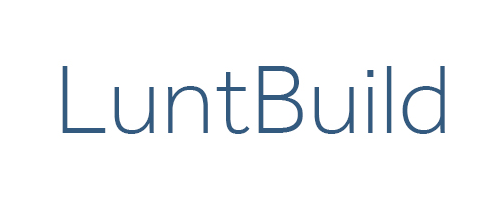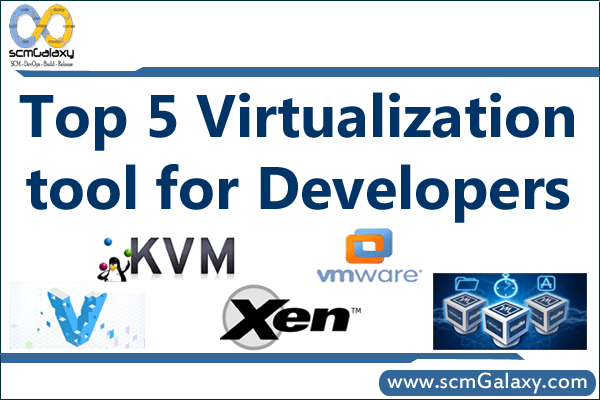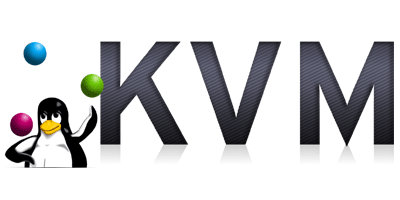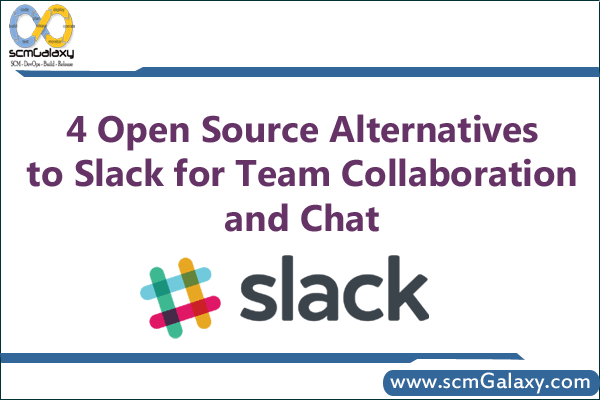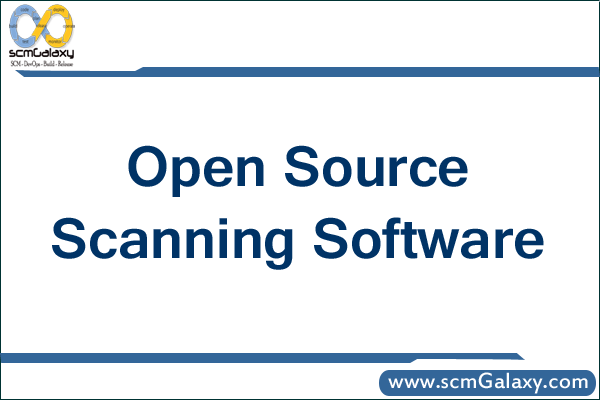Computer vision libraries are essential tools for developing applications that analyze and understand visual data. Here are the top 20 computer vision libraries widely used by developers:
1. OpenCV (Open Source Computer Vision Library):
One of the most popular and comprehensive computer vision libraries, providing a wide range of algorithms and functions for image and video processing.
Key features:
- Image and Video Processing: OpenCV provides a comprehensive set of functions for image and video processing, including manipulation, enhancement, filtering, and transformation.
- Object Detection and Tracking: OpenCV includes algorithms for object detection and tracking, such as Haar cascades, HOG (Histogram of Oriented Gradients), and deep learning-based methods like YOLO (You Only Look Once) and SSD (Single Shot MultiBox Detector).
- Feature Detection and Extraction: OpenCV offers various feature detection and extraction algorithms, such as SIFT (Scale-Invariant Feature Transform), SURF (Speeded-Up Robust Features), ORB (Oriented FAST and Rotated BRIEF), and more.
2. TensorFlow:
An open-source machine learning framework developed by Google, TensorFlow offers a powerful set of tools for computer vision tasks, including image recognition and object detection.
Key features:
- Deep Learning Framework: TensorFlow is a popular open-source deep learning framework that provides a flexible and scalable environment for building and training deep neural networks.
- Neural Network Models: TensorFlow offers a wide range of pre-built neural network models, including popular architectures like convolutional neural networks (CNNs), recurrent neural networks (RNNs), and transformers. These models can be used for various tasks such as image classification, object detection, language translation, and more.
- Automatic Differentiation: TensorFlow provides automatic differentiation capabilities, which enable efficient calculation of gradients for training neural networks using backpropagation. This makes it easier to optimize models and update the network weights during the training process.
3. PyTorch:
Another popular deep learning framework, PyTorch provides extensive support for computer vision tasks, including image classification, segmentation, and object detection.
Key features:
- Dynamic Computation Graph: PyTorch utilizes a dynamic computation graph, which allows for flexible and dynamic neural network architectures. It enables intuitive model building and debugging by executing operations on the fly.
- Neural Network Models: PyTorch provides a rich set of pre-built neural network modules and architectures that can be easily combined to create complex models. It supports popular network types such as convolutional neural networks (CNNs), recurrent neural networks (RNNs), transformers, and more.
- Automatic Differentiation: PyTorch offers automatic differentiation, enabling efficient computation of gradients. This feature allows for easy implementation of backpropagation and makes it convenient to train neural networks by optimizing model parameters.
4. Caffe:
A deep learning framework specifically designed for convolutional neural networks (CNNs), Caffe is widely used for image classification and object detection.
Key features:
- Modularity: Caffe provides a modular architecture that allows easy experimentation and prototyping. It consists of different layers such as convolutional, pooling, fully connected, and activation layers, which can be combined to build complex neural networks.
- Expressive Architecture: Caffe supports a wide range of deep learning architectures, including convolutional neural networks (CNNs), recurrent neural networks (RNNs), and combinations of both. It allows users to define and train complex models for various tasks such as image classification, object detection, and segmentation.
- GPU Acceleration: Caffe is designed to efficiently utilize GPUs for training and inference. It leverages GPU parallelism to speed up computations and improve overall performance, making it suitable for large-scale deep-learning tasks.
5. scikit-image:
Built on top of NumPy, sci-kit-image offers a collection of algorithms for image preprocessing, filtering, segmentation, and feature extraction.
Key features:
- Comprehensive Image Processing Library: Scikit-image offers a comprehensive set of image processing algorithms and functions for tasks such as filtering, morphology, segmentation, feature extraction, and more. It provides a wide range of tools for manipulating and analyzing images.
- NumPy Integration: Scikit-image is built on top of NumPy, a fundamental library for numerical computing in Python. This integration allows seamless interoperability between scikit-image and other scientific Python libraries, enabling efficient data manipulation and processing.
- Easy-to-Use API: Scikit-image provides a user-friendly API that simplifies the process of performing complex image processing tasks. The functions and algorithms are designed to be intuitive and easy to understand, making it accessible to both beginners and experienced users.
6. Dlib:
A C++ library with Python bindings, Dlib provides tools for face detection, facial landmark detection, and deep learning-based face recognition.
Key features:
- Facial Landmark Detection: Dlib includes a powerful facial landmark detection algorithm that can accurately localize facial landmarks, such as the eyes, nose, and mouth. This feature is useful for tasks like face recognition, facial expression analysis, and facial feature tracking.
- Object Detection and Tracking: Dlib offers object detection algorithms based on the Histogram of Oriented Gradients (HOG) and Support Vector Machines (SVM). It enables the detection and tracking of objects in images and video streams, making it suitable for applications like pedestrian detection, vehicle detection, and motion analysis.
- Machine Learning Tools: Dlib provides a set of machine learning tools, including classifiers, regression algorithms, and clustering algorithms. It offers implementations of popular machine learning algorithms like SVM, k-nearest neighbors, and deep neural networks. These tools enable tasks such as classification, regression, and clustering.
7. MXNet:
A deep learning framework supported by Apache, MXNet offers efficient implementations of various computer vision algorithms and models.
Key Features:
- Multi-language support: MXNet provides APIs for multiple programming languages, including Python, R, Scala, Julia, and C++. This allows developers to work with MXNet using their preferred language.
- Dynamic and static computational graphs: MXNet supports both dynamic and static computational graphs. In the dynamic mode, the graph is defined and evaluated dynamically, which is useful for models with varying input shapes or sizes. In the static mode, the graph is defined upfront and optimized for efficiency, which is beneficial for models with fixed input shapes.
- Efficient execution: MXNet is designed for efficient execution on various hardware architectures, including CPUs, GPUs, and distributed systems. It optimizes performance by leveraging parallelism, asynchronous execution, and memory optimization techniques.
8. Keras:
A high-level neural networks library, Keras simplifies the process of building and training deep learning models for computer vision applications.
Key features:
- User-friendly API: Keras offers a simple and intuitive API that makes it easy to build, configure, and train deep learning models. It provides a higher-level abstraction, allowing users to focus more on model design and less on implementation details.
- Modularity: Keras follows a modular design, enabling users to create models by stacking layers together. It provides a wide range of pre-built layers, including dense (fully connected), convolutional, recurrent, normalization, and activation layers. Users can easily combine and configure these layers to construct complex neural network architectures.
- Support for multiple backends: Keras can run on top of various deep learning backends, including TensorFlow, Theano, and Microsoft Cognitive Toolkit (CNTK). This allows users to choose the backend that best suits their needs, without having to modify their Keras code.
9. Theano:
A Python library specializing in deep learning and symbolic mathematics, Theano enables efficient computation and optimization of mathematical expressions.
Key Features:
- Symbolic mathematical expressions: Theano allows users to define mathematical operations as symbolic expressions. This symbolic representation enables automatic differentiation, which is crucial for efficient gradient computations used in training neural networks.
- Efficient computation backend: Theano is designed to efficiently perform numerical computations, especially on GPUs. It can take advantage of GPU acceleration to speed up the execution of deep learning models. Additionally, Theano also supports multi-core CPU computation.
- Automatic differentiation: Theano provides automatic differentiation capabilities, which allow users to compute gradients automatically. This feature is essential for backpropagation, which is used to update the model parameters during the training process.
10. Mahotas:
A computer vision and image processing library for Python, Mahotas includes algorithms for feature extraction, filtering, and analysis.
Key Features:
- Image processing operations: Mahotas offers a comprehensive set of image processing operations, including filtering, morphology, thresholding, feature extraction, and geometric transformations. These operations allow users to enhance, segment, and analyze images for various computer vision tasks.
- Efficient and memory-friendly: Mahotas is designed for efficiency and memory optimization. It provides optimized algorithms and data structures that enable fast image processing operations even on large images. Mahotas is implemented in C++, with a Python interface, which contributes to its performance.
- Numerical and scientific computing: Mahotas is built on top of NumPy, a popular numerical computing library in Python. It seamlessly integrates with NumPy arrays, allowing users to perform efficient and vectorized operations on images. Mahotas takes advantage of the computational power of NumPy for fast and accurate computations.
11. TorchVision:
Part of the PyTorch ecosystem, TorchVision provides datasets, models, and utilities for computer vision tasks, including object detection and image segmentation.
Key Features:
- Image processing operations: Mahotas offers a comprehensive set of image processing operations, including filtering, morphology, thresholding, feature extraction, and geometric transformations. These operations allow users to enhance, segment, and analyze images for various computer vision tasks.
- Efficient and memory-friendly: Mahotas is designed for efficiency and memory optimization. It provides optimized algorithms and data structures that enable fast image processing operations even on large images. Mahotas is implemented in C++, with a Python interface, which contributes to its performance.
- Numerical and scientific computing: Mahotas is built on top of NumPy, a popular numerical computing library in Python. It seamlessly integrates with NumPy arrays, allowing users to perform efficient and vectorized operations on images. Mahotas takes advantage of the computational power of NumPy for fast and accurate computations.
12. SimpleCV:
A user-friendly computer vision library for Python, SimpleCV simplifies the process of working with visual data, offering a high-level API.
Key Features:
- Easy image acquisition: SimpleCV simplifies image acquisition by providing easy-to-use functions for capturing images from webcams, video files, or image streams. It abstracts the complexities of acquiring images, allowing users to focus on image processing and analysis.
- Image manipulation and enhancement: SimpleCV provides a variety of functions for manipulating and enhancing images. These functions include resizing, cropping, rotating, flipping, adjusting brightness/contrast, applying filters, and more. These operations can be performed effortlessly to preprocess images before analysis.
- Object detection and tracking: SimpleCV includes built-in methods for object detection and tracking. It offers various techniques, such as color tracking, feature detection (using SIFT or SURF), and motion detection. These features enable users to detect and track objects of interest in images or video streams.
13. VLFeat:
A popular computer vision library, VLFeat includes implementations of various algorithms, such as SIFT and HOG, for feature extraction and matching.
Key features:
- Feature extraction and matching: VLFeat offers a comprehensive set of algorithms for feature extraction and matching, including popular techniques like SIFT (Scale-Invariant Feature Transform), SURF (Speeded Up Robust Features), and MSER (Maximally Stable Extremal Regions). These algorithms allow users to detect and describe key points in images, enabling tasks such as image registration, object recognition, and image retrieval.
- Image filtering and enhancement: VLFeat provides a wide range of image filtering and enhancement algorithms, such as Gaussian and median filtering, histogram equalization, and image resizing. These operations enable users to preprocess and enhance images before further analysis or visualization.
- Spatial pyramid matching: VLFeat includes algorithms for spatial pyramid matching, which is a technique commonly used in image classification and object recognition. It allows users to efficiently handle images at different scales and levels of detail, capturing both local and global information for improved accuracy.
14. BoofCV:
A Java-based computer vision library, BoofCV offers a wide range of algorithms for image processing, feature detection, and visual odometry.
Key Features:
- Efficient Java implementation: BoofCV is implemented in Java, which makes it suitable for Java developers and allows for easy integration with Java-based projects. The library is designed to be efficient and optimized for performance.
- Extensive algorithm collection: BoofCV offers a wide range of computer vision algorithms for tasks such as feature detection and matching, image filtering, camera calibration, image segmentation, object tracking, and more. It covers both classical computer vision algorithms and modern techniques.
- Modular architecture: BoofCV has a modular architecture that allows users to easily combine and configure different algorithms to create custom computer vision pipelines. The modular design promotes code reusability and flexibility in implementing complex vision systems.
15. Accord.NET:
A comprehensive framework for scientific computing and machine learning in .NET, Accord.NET includes modules for computer vision tasks, such as object detection and image classification.
Key Features:
- Efficient Java implementation: BoofCV is implemented in Java, which makes it suitable for Java developers and allows for easy integration with Java-based projects. The library is designed to be efficient and optimized for performance.
- Extensive algorithm collection: BoofCV offers a wide range of computer vision algorithms for tasks such as feature detection and matching, image filtering, camera calibration, image segmentation, object tracking, and more. It covers both classical computer vision algorithms and modern techniques.
- Modular architecture: BoofCV has a modular architecture that allows users to easily combine and configure different algorithms to create custom computer vision pipelines. The modular design promotes code reusability and flexibility in implementing complex vision systems.
16. Halide:
A programming language and compiler for image processing pipelines, Halide provides high-performance optimizations for computer vision algorithms.
Key features:
- Expressive and concise DSL: Halide provides a high-level, functional programming language specifically designed for image and array computations. The DSL allows users to express complex image processing algorithms in a concise and readable manner. It abstracts away low-level details, enabling users to focus on the algorithmic aspects of their code.
- Compiler-driven optimization: Halide incorporates a sophisticated compiler that performs automatic optimizations on image processing pipelines. It analyzes the code and applies a range of optimizations, including loop fusion, loop unrolling, memory layout optimizations, and specialized scheduling strategies. These optimizations aim to maximize performance by exploiting parallelism, memory locality, and vectorization.
- Algorithm introspection and scheduling: Halide provides facilities for introspecting and manipulating the scheduled representation of the computation. Users can experiment with different scheduling strategies to optimize performance and resource utilization. The ability to schedule computations manually or semi-automatically allows fine-grained control over optimizations.
17. ImageJ:
A powerful image processing and analysis tool, ImageJ offers a wide range of functions and plugins for scientific and biomedical image analysis.
Key features:
- Image visualization and manipulation: ImageJ allows users to open, display, and interact with various types of digital images, including 2D and 3D images. It provides tools for adjusting brightness, contrast, and color balance, as well as functions for cropping, rotating, and resizing images.
- Image analysis and measurement: ImageJ offers a range of image analysis and measurement tools. It includes functions for thresholding, particle analysis, morphological operations, image segmentation, and more. These tools enable users to extract quantitative information from images and perform measurements such as area, intensity, distance, and shape characteristics.
- Plugins and extensibility: ImageJ has a plugin architecture that allows users to extend its capabilities. A wide variety of plugins are available, including those for specialized image processing algorithms, analysis techniques, and visualization methods. Users can also develop their own plugins to customize and enhance ImageJ according to their specific needs.
18. cv2 (OpenCV for Python):
The Python bindings for OpenCV, cv2 allow developers to access OpenCV’s functionality and algorithms from Python scripts.
Key features:
- Image and video I/O: OpenCV allows users to read, write, and manipulate images and videos in various formats. It provides functions for loading images from files or cameras, saving processed images, and working with video streams. It supports common image and video file formats such as JPEG, PNG, BMP, and MP4.
- Image processing and filtering: OpenCV offers a comprehensive set of image processing functions. It includes operations such as resizing, cropping, rotating, flipping, and color space conversions. It also provides various image filtering functions, including smoothing filters (e.g., Gaussian blur), sharpening filters, thresholding, and morphological operations (e.g., erosion and dilation).
- Feature detection and extraction: OpenCV provides algorithms for detecting and extracting features from images. It includes methods for detecting corners (e.g., Harris corner detection), blob detection, edge detection (e.g., Canny edge detection), and more. These features are useful for tasks such as image registration, object detection, and tracking.
19. skimage (scikit-image for Python):
The Python interface for scikit-image, skimage provides a simple and intuitive API for performing various image processing tasks.
Key Features:
- Image preprocessing and manipulation: skimage offers a variety of functions for image preprocessing and manipulation. It includes operations such as resizing, cropping, rotating, flipping, and color space conversions. It also provides filters for smoothing, sharpening, denoising, and enhancing images.
- Image filtering and enhancement: skimage provides a collection of filters for image enhancement and noise reduction. It includes standard filters such as Gaussian, median, and bilateral filters, as well as more specialized filters like Sobel, Laplacian, and Hessian filters. These filters can be used to enhance image details, remove noise, and detect edges or other features.
- Image segmentation and object detection: skimage offers algorithms and functions for image segmentation and object detection. It includes techniques like thresholding, region growing, and watershed segmentation. These tools assist in separating objects or regions of interest in images and can be used for tasks such as image analysis and object recognition.
20. VisionLib:
A commercial computer vision library, VisionLib offers tools for 3D object tracking, pose estimation, and augmented reality applications.
Key features:
- Marker-based and markerless tracking: VisionLib offers robust marker-based and markerless tracking capabilities. It supports the detection and tracking of fiducial markers, such as ARToolkit-compatible markers, as well as markerless tracking of objects and scenes using natural feature detection and tracking algorithms.
- Pose estimation and tracking: VisionLib enables accurate pose estimation and tracking of objects in real-time. It provides algorithms for estimating the 3D position and orientation (pose) of objects, allowing them to be accurately aligned with the real world. This feature is essential for placing virtual objects in AR scenes and aligning them with the physical environment.
- Object recognition and tracking: VisionLib includes object recognition and tracking capabilities. It allows users to define and train custom object recognition models for identifying and tracking specific objects or patterns in real time. This feature is useful for applications that require precise detection and tracking of specific objects or markers.
